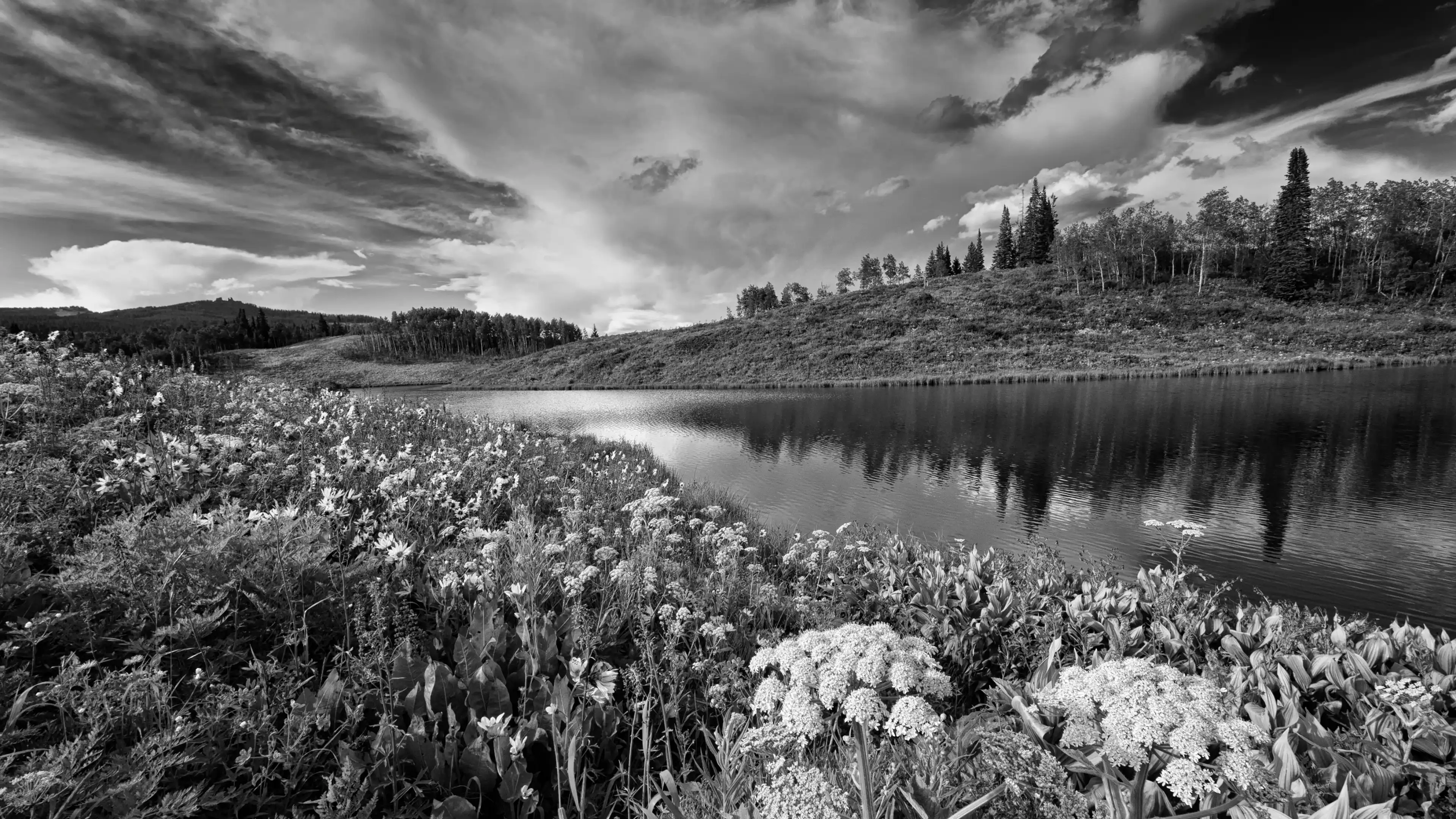Ranch Investing Done Right — Lessons from a Broker Who Invests Too
When it comes to ranch real estate, few voices carry more credibility than someone who’s not only a broker — but also an active investor. That’s what sets Reese apart. He doesn’t just help clients buy and sell ranches; he lives it himself, with firsthand experience on both sides of the transaction.
Here, Reese shares his biggest lessons, mistakes, and must-knows for anyone considering ranch investing — whether you see it as a passion project, a financial move, or both.
Start with a Plan — and a Reality Check
Before anything else, define your win. What do you want your ranch to do for you? Whether it’s recreation, income, conservation, or legacy-building, be honest and realistic. Ranches don’t perform like stocks or commercial real estate, and that’s okay — as long as you go in with a clear head and a long view.
Once you’ve defined your goals, build a timeline. Good ranch deals don’t happen overnight. Finding the right property takes time, and so does turning it into what you want.
You’ll Say No 99 Times Before You Say Yes
Don’t be afraid to walk away. You might analyze dozens of properties before the right one appears — and that’s exactly how it should work. Emotional intelligence is key here. Be prepared to cut your losses if a property starts looking like the wrong fit, even after you’ve put in work.
In Ranch Investing, It’s Not “Location, Location, Location”… It’s “Diligence, Diligence, Diligence.”
Diligence isn’t a checkbox — it’s a mindset. Reese follows a strict diligence process no matter the buyer or seller’s urgency. That means knowing your full costs (purchase, closing, improvements, overhead) and being strategic about leverage.
His advice? Avoid over-leveraging. Make time your friend, not your enemy. Ideally, aim to hold for at least two years. The most successful ranch investors buy with patience, improve strategically, and sell when the market is ready — not when they’re financially pressured.
Know the Ceiling Before You Spend
Every property has an invisible ceiling — a maximum market value that won’t be exceeded no matter how much you improve it. Before spending money, ask: Will this be returned in value?
You may think you can beat the market. Sometimes, you will. But assuming you’ll outperform every time is risky. Know your margins before you close: best case, expected, and worst-case scenarios. If the numbers still work at the worst-case level, you’re on solid ground.
Where to Invest First? Think Accessibility and Water.
If you’re looking for the best ROI on ranch improvements, start with:
- Show-ability – If buyers can’t access the property or struggle to tour it, they won’t buy it. Improve roads and internal accessibility first.
- Water – Ponds, tanks, and reliable water sources add tremendous value, both aesthetically and functionally for wildlife and livestock.
Do for Buyers What You Wish Sellers Had Done for You
If you’ve gone through the headache of discovering issues mid-contract, don’t repeat that cycle when you go to sell. Do the work upfront — not just for yourself, but for the next buyer. Think: inspections, surveys, Phase I environmental studies, even appraisals.
Make it easy for the next person to walk in, see the value, and move forward with confidence. That’s a value add — and it can be the difference between a fast close and a long, stressful negotiation.
Final Thought: Plan the Dive, Dive the Plan
There’s a saying often attributed to Navy SEALs: “Plan the dive, dive the plan.” The same goes for ranch investing.
Define your goals. Follow a proven process. Stick to your principles — especially when it gets uncomfortable. And most importantly, be the kind of buyer or seller that makes the entire transaction better for everyone involved.
Whether you’re just getting started or you’re a seasoned investor, there’s always something to learn — and plan for.


